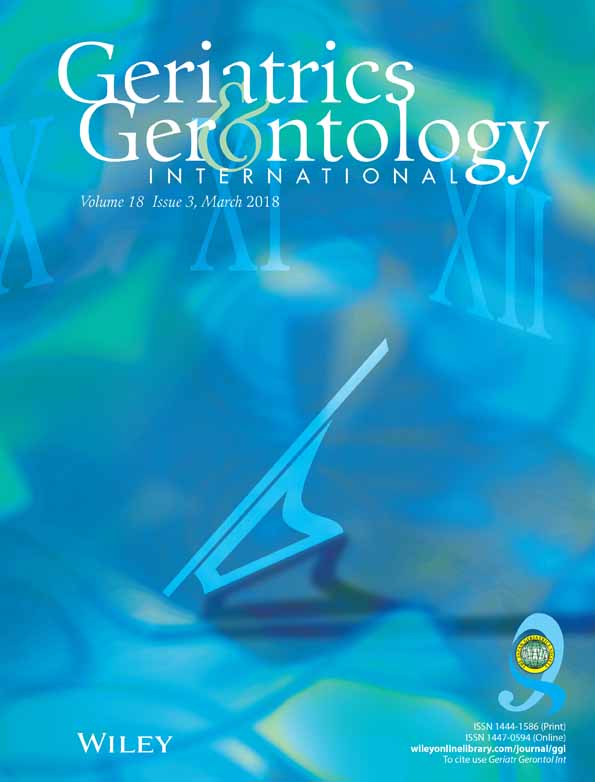Advantages of care for patients with hip fractures in the acute geriatric unit: Hip study Anoia
Abstract
Aim
Hip fracture as a result of bone fragility is characterized by poor health outcomes in the medium and long term. Our goal was to compare a new orthogeriatric model with the old trauma model and evaluate improvements in clinical management.
Methods
We carried out a comparative unicentric study, a historical sample (trauma model) collected from 1 June 2007 to 31 May 2010, versus a prospective sample (orthogeriatric model) collected from 1 June 2010 until 31 May 2013. We included all patients aged >69 years with hip fracture as a result of bone fragility.
Results
A total of 792 patients were evaluated (mean age 84.3 years). The surgical waiting period went from 2.70 days in the trauma model to 1.86 days in the orthogeriatric model (P < 0.001); the average stay was 15.76 days in the trauma model, and for the orthogeriatric model was reduced to 5.90 days (P < 0.001); mortality went from 4.5% to 1.3% (P ≤ 0.010); 1 month readmission for hip dislocation was reduced from 2.3% to 0.5% (P = 0.032).
After a 6-month follow up, we had 302 trauma model patients and 287 orthogeriatric model patients. After 1 year, we had 288 patients in the trauma model and 264 patients in the orthogeriatric model. The main cause of abandonment was death, 108 patients (27.3%) in the trauma model and 100 patients (27.5%) in the orthogeriatric model (P = 0.951).
Conclusions
When we compared the two models, we found statistically significant better results in the preoperative waiting period, average stay, hospital mortality and 1 month readmission as a result of hip prosthesis luxation in favor of the orthogeriatric model. Geriatr Gerontol Int 2018; 18: 407–414.




